The Museum of Science and Art, Dublin was founded on 14 August 1877 by act of Parliament.
The decision to establish a state-run museum arose from requests by the Royal Dublin Society (RDS) for continued government funding for its expanding museum activities.
A number of developments led to the Science and Art Museums Act of 1877, which had the effect of transferring the buildings and collections of the RDS to state ownership.
The collections were further enhanced by the transfer of other notable collections from institutions such as the Royal Irish Academy (RIA) and Trinity College Dublin (TCD).
Early History
The Museum was the responsibility of the Department of Science and Art, which was also responsible for the South Kensington museums in London. State support for the institution was manifested in the construction of a new building on Kildare Street, which opened to the public in 1890. The new museum housed coins, medals and significant Irish antiquities from the RIA including the Tara Brooch and Ardagh Chalice, ethnographical collections with material from Captain Cooke’s voyages from TCD, and the collections of the Geological Survey of Ireland.
These were joined by material from the decorative arts and ethnographical collections of the RDS along with their Irish collections of antiquities, minerals and plants. The old RDS museum on the Merrion Street side of Leinster House – erected with government assistance and opened in 1856 – was devoted to natural history. It was dominated by zoology throughout much of its subsequent history and had an annexe devoted to geology.
The Kildare Street building
The building on Kildare Street was designed by Thomas Newenham Deane and was used to show contemporary Irish, British and Continental craftsmanship in its construction. State involvement in the running of the Museum allowed for steady funding and a connection with other state museums in London and Edinburgh which was of considerable benefit.
The collections grew with material acquired through purchase, public donation and shares of significant collections acquired by the state and dispersed by the London museums.
Catalogues were prepared by leading experts in various disciplines and printed in the Museum’s own press. In 1900 control passed to the Department of Agriculture and Technical Instruction and in 1908 its name was changed from ‘the Dublin Museum of Science and Art’ to the ‘National Museum of Science and Art’. The name of the institution was changed again in 1921 to the ‘National Museum of Ireland’.






